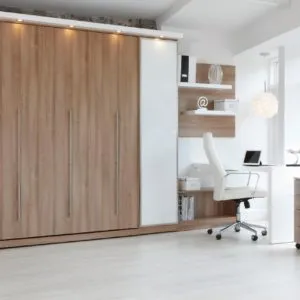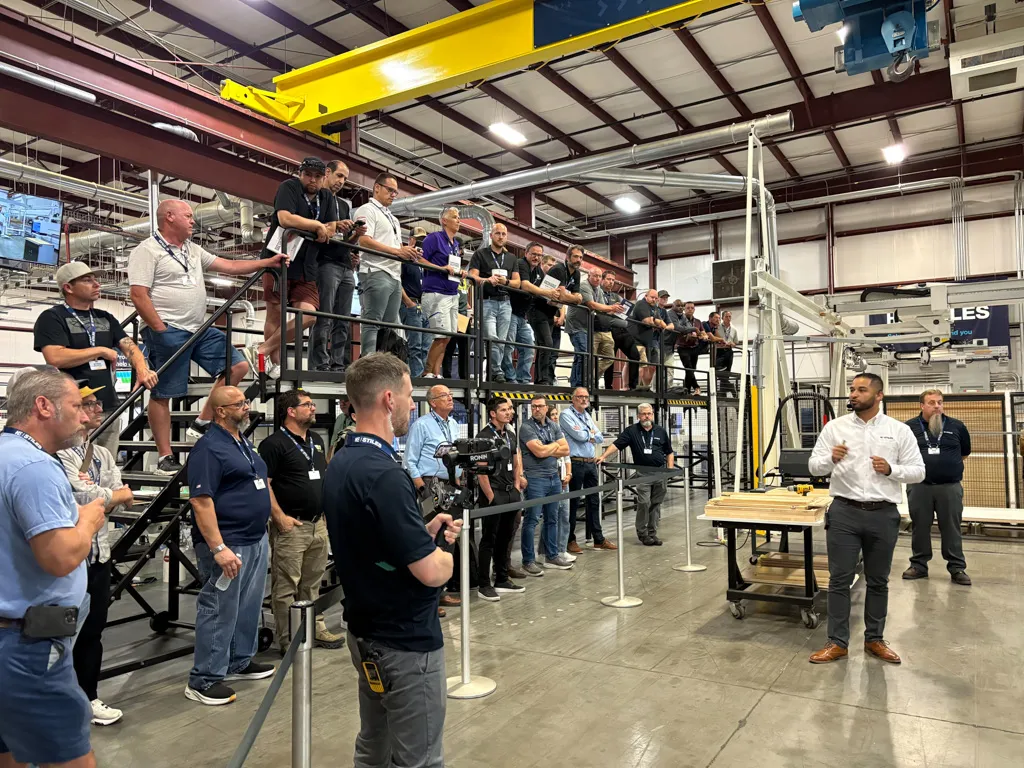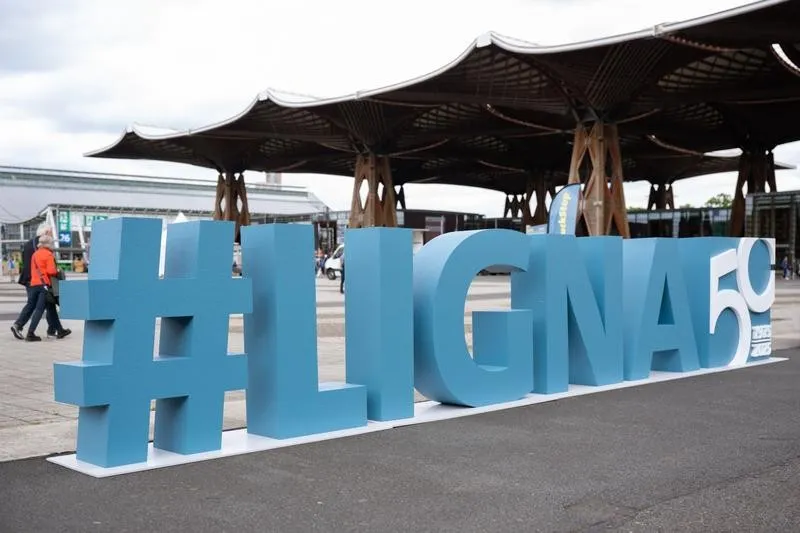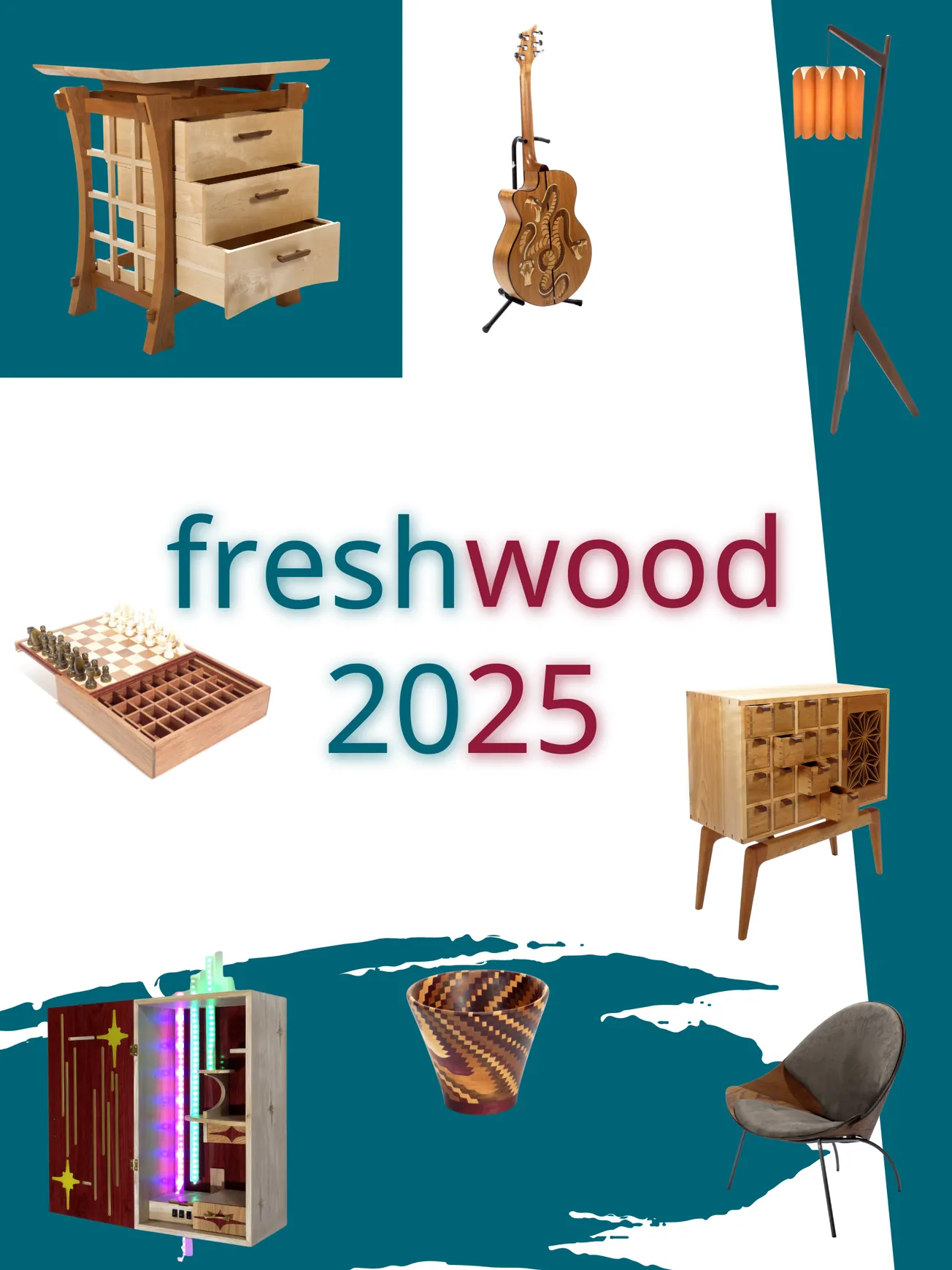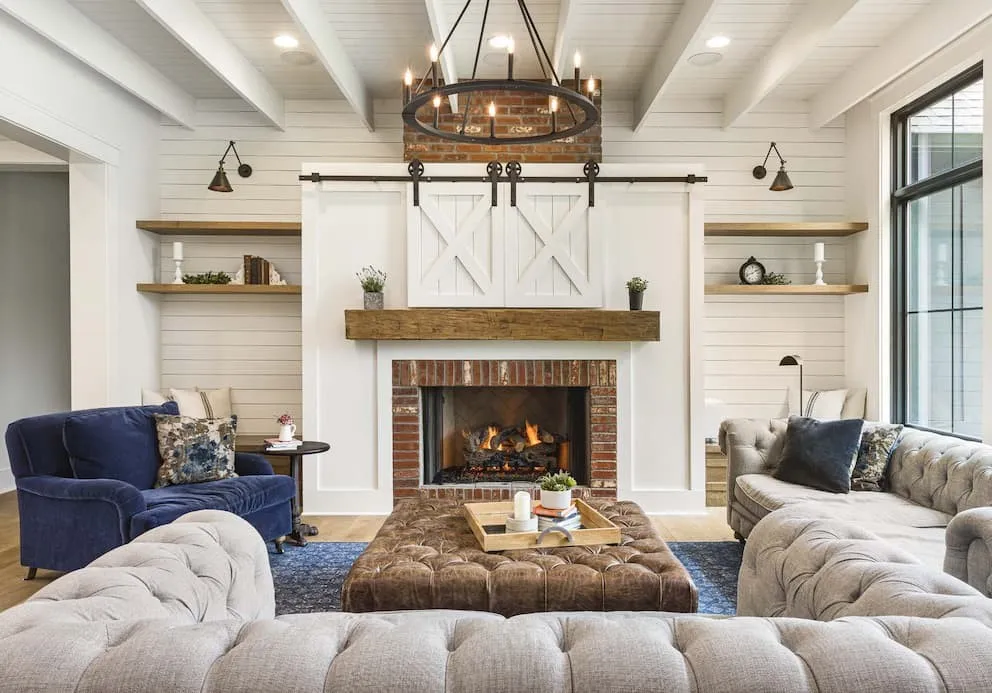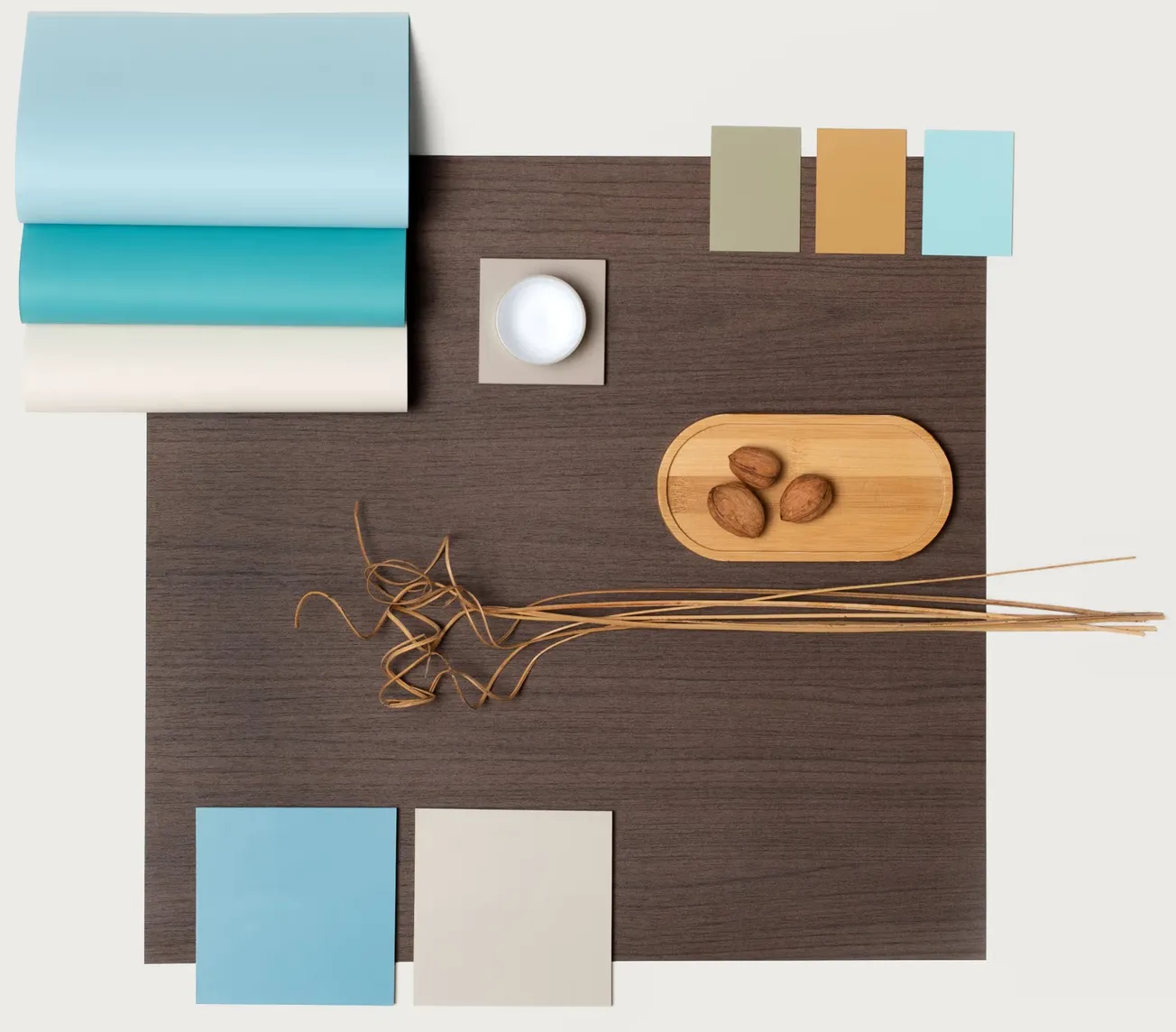Table of Contents
Finding the Sweet Spot: Update on Lightweight Panel in North America
by Suzanne VanGilder
Lightweight panel (sometimes called lightboard) is an ingenious concept: A thick panel built by sandwiching a paper honeycomb core between two thin sheets of particleboard, MDF or HDF. Within certain criteria, the lightweight panel offers many advantages. Impressive strength-to-weight ratios allow for finished products that achieve big, bold aesthetics while components remain easy to transport, assemble and install. By virtue of the fact that lightboard uses less material than standard panels, it has environmental benefits both in terms of efficient use of raw/recycled materials and in the reduction of VOC emissions. Perhaps the most compelling advantage of lightweight panel is the potential for lower costs when boards are 1 ½-inches or thicker.
Introducing any new product into a market is a learning process. In fact, despite the obvious advantages of lightweight panels, only a few companies in North America are producing the wood-based composite panels – and it is typically for internal use.
The exception is Panolite. Located in Lac-Mégantic, Quebec, the company is the first Canadian manufacturer of lightweight panels that is dedicated to selling lightboard and component parts into the North American market. After six years in business, Panolite is successfully opening up new opportunities for lightweight panel through a combination of two things. The first is a growing understanding of the panel-processing market: how fabricators work with lightboard and which end products are viable in terms of production and price point. The second is that the company’s location allows it to work within a local industrial community that essentially functions for full vertical-integration.
“You know, a year ago there was a terrible tragedy here,” says Antoine Pansera, plant manager for Panolite, referring to the catastrophic derailment of an unattended train loaded with volatile fuel oil. The resulting explosion destroyed a large swath of Lac-Mégantic’s downtown and left 47 people dead. “For a while after that, there was not a lot of activity. But the people here are very dedicated to rebuilding. The outside world should know that our industrial complex was unharmed and is fully functioning. When a contract comes in, we try to give as much work as we can to the people around us. All the different industries are working together to make great products and help re-establish the community.”
Serving the Market
Panolite goes to market several different ways. The simplest, both in terms of production and application, is selling standard sized lightweight panels through distribution. However, selling a handful of sheets at a time is not enough to sustain a business. Panolite also had to learn what makes a successful lightboard product line, and then figure out how to make it easy for fabricators and end users to work with the material.
To understand the market for lightweight panel, Panolite researched how North American designers could integrate lightweight panel into profitable products. This tended to eliminate the most obvious market segment to benefit from easy to handle components: RTA. While a behemoth like IKEA can automate at a volume that takes advantage of the economies of scale, most RTA manufacturers cannot command the prices necessary to maintain a limited line of lightboard products. With this in mind, Panolite increased its efforts into a segment where it already experienced a measure of success: high-end office furniture. The company is currently helping some of the biggest names in the industry – companies like Artopex, Knoll and Teknion – to develop lines with substantial aesthetics.
However, it is not enough to have the interest of the big names. Panolite had to learn how to best serve the fabricators. “When we started this project six years ago, we thought that it would be similar to what was happening in Europe. There was big hype surrounding Rehau, Häfele and Hettich, that their new technologies would address the challenges of edgebanding and affixing hardware to frameless lightweight panels,” says Pansera. “We had to realize that people in North America wanted to process lightboard like a regular panel, just thicker and lighter. So in most cases, we now add framing and supply cut-to-size components.”
Lightweight panel also hits the sweet spot for market segments such as kitchen cabinets, interior doors, exhibits, signage and convertible residential furnishings, like wall beds. The more the lightboard is put into use, the more clearly defined the intersection of design and marketability becomes. It begs the question: what other applications are waiting to happen?
Bringing it all Together
“What has changed the most is that we  are doing more store fixtures,” says Pansera. “Retail designers like the bold look of a thick shelf. We like that the market segment is more design-driven than price-driven. If we please them on the aesthetic level and get one store, then we get all the other locations, too.” Several major clothing retailers already make use of lightweight panels finished in HPL, TFL, veneer or lacquer. Since it is sometimes sales people that end up installing the fixtures rather than professionals, Panolite meets its retail clients’ needs by supplying complete kits that are easy to install. To fulfill this, Panolite reaches into Lac-Mégantic’s local manufacturing community for all the necessary value-added steps.
are doing more store fixtures,” says Pansera. “Retail designers like the bold look of a thick shelf. We like that the market segment is more design-driven than price-driven. If we please them on the aesthetic level and get one store, then we get all the other locations, too.” Several major clothing retailers already make use of lightweight panels finished in HPL, TFL, veneer or lacquer. Since it is sometimes sales people that end up installing the fixtures rather than professionals, Panolite meets its retail clients’ needs by supplying complete kits that are easy to install. To fulfill this, Panolite reaches into Lac-Mégantic’s local manufacturing community for all the necessary value-added steps.
A great example is the program of RTA shelving solutions Panolite produces for Lolë, a Montreal-based yoga and lifestyle apparel company that is steadily taking market share from Lululemon. “We have lightboard shelving products in the kit. The framing, top and bottom panels come from Tafisa. Bestar does the drilling and edgebanding. The veneer set is sourced from Industries Manufacturières Mégantic, a division of Masonite. The other set is lacquered in Lolë’s signature yellow by local subcontractors,“ says Pansera. Every company involved is located in Lac-Mégantic, making for streamlined sourcing and a broad range of end-product possibilities. It is good for customers that are integrating lightweight panel into their designs, and benefits the local community.


